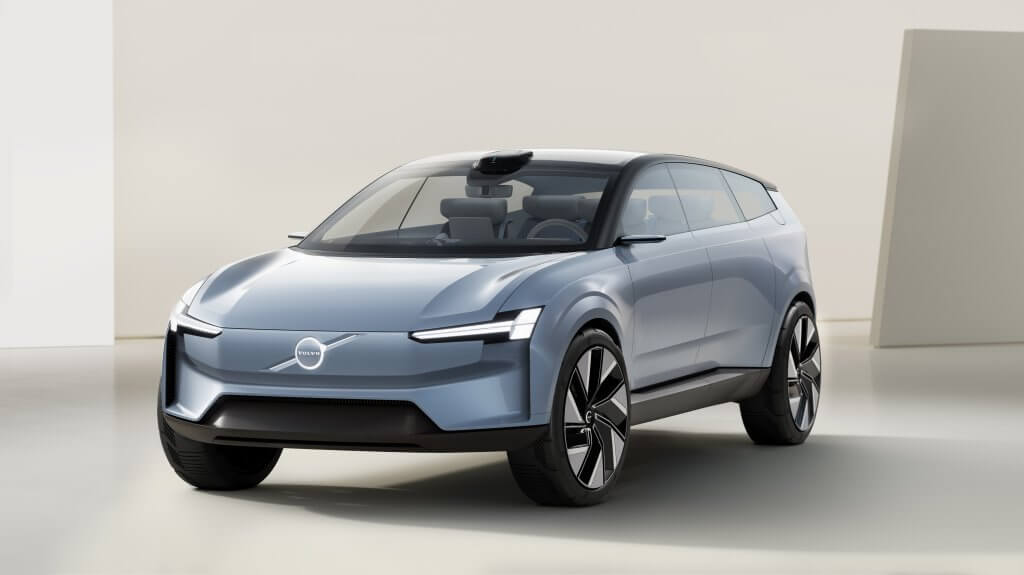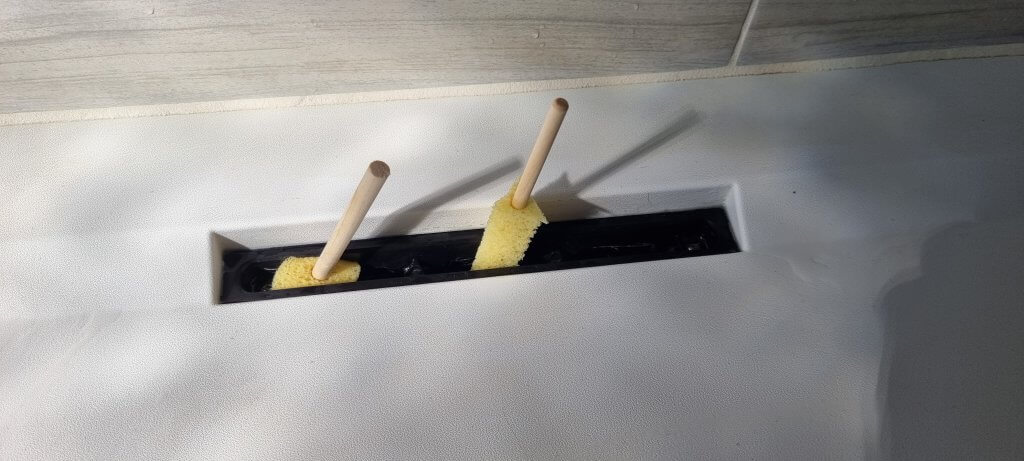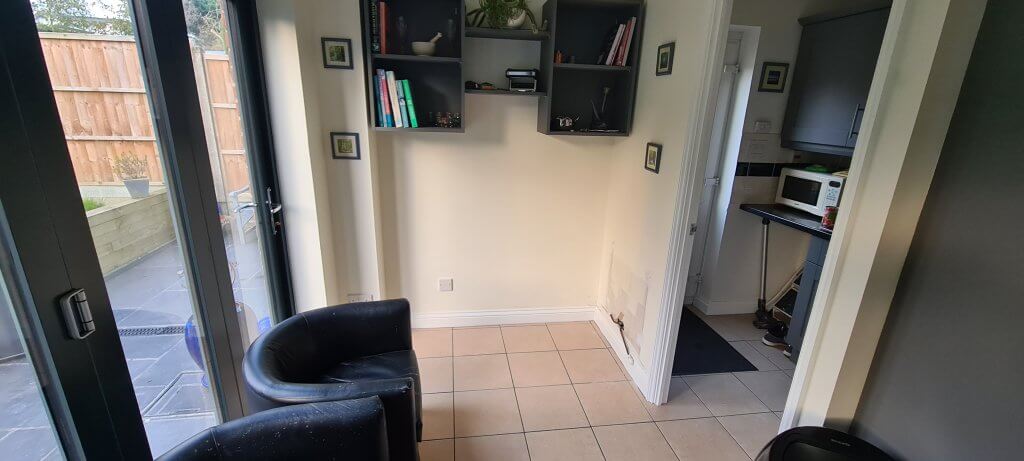When the term “Laser Beam” is used it brings to mind images of a dystopian society where powerful Star Wars type weapons are used as instruments of war rather than tools to improve the world.
Laser beam technology
Laser beam technology has been around since the early 1960’s and is used in a wide variety of household items like CD players, Blu-Ray players, DVD players, Laser printers, Computer mouse, Laser teeth whitening as well as commercial applications like Barcode scanning, Laser engraving and Laser cutting.
New wasy of using lasers
Another application of lasers is in a technology called LiDAR which stands for “Light Detection And Ranging” and one of its principal uses is to measure distance and topography.
Lidar technology is a form of radar that can discern the shape and distance away of objects by scattering low powered laser beams towards the object and recording the time it takes to return to the source and strength of returned signal creating a 3D view of the object that can be used in multiple ways depending on the application.
There are three main types of Lidar being Electromechanical that contain many moving parts, solid state that contain no moving parts and MEMS (Micro-ElectroMechanical Systems) a hybrid option that is basically solid state but with an oscillating mirror inside the unit that means the sensor can be made to be compact and used in applications where space and weight are a premium.
Lidar is used extensively in the automotive industry to perform functions such as adaptive cruise control, emergency brake Assist, blind spot monitoring and park assist.
Companies like Microvision are developing small highly efficient Lidar sensors for use in the automotive industry that will help to enable autonomous driving all the way up to level 5 and in the augmented reality sector with applications like military grade goggles that map out theatre of war data in the soldiers field of view.
Some virtual reality headsets used for gaming and the meta verse also incorporate Lidar sensors to enable the immersive experience that users crave in the world of cyberspace.
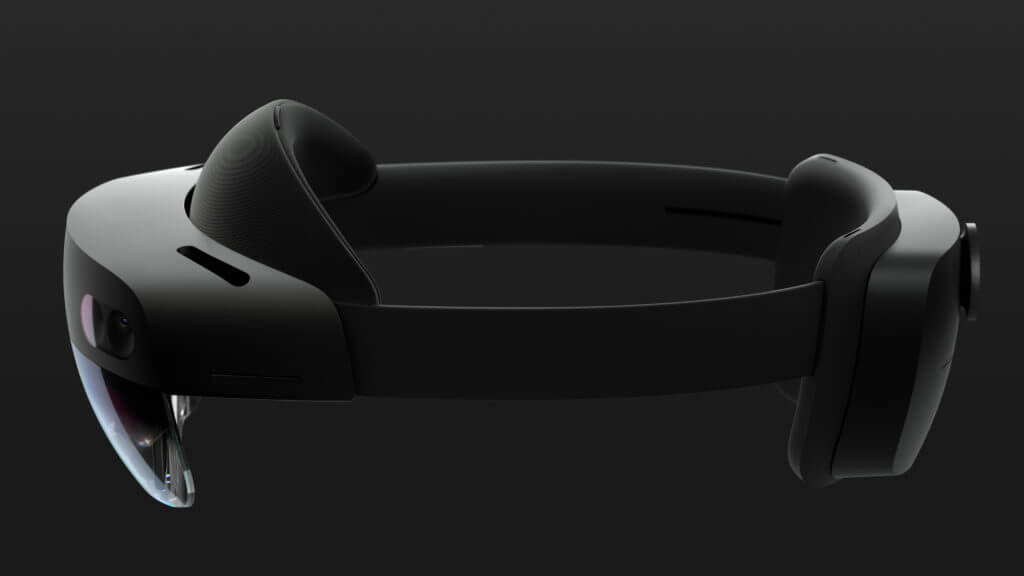
Applications that make use of LiDAR
Now we get to the part that will excite property professionals and DIYers alike, the use of Lidar technology in property renovation and house makeovers. You’ve probably already started to imagine the possible uses that Lidar could make when planning refurbishment projects and their deployment may already be only a few taps of your phone or tablet away. Yes, some phones and tablets actually have Lidar sensors already built into them.
Currently these are the Apple phones that have Lidar sensors iPhone 12 Pro, iPhone 13 Pro, iPhone 14 Pro and iPad Pro.
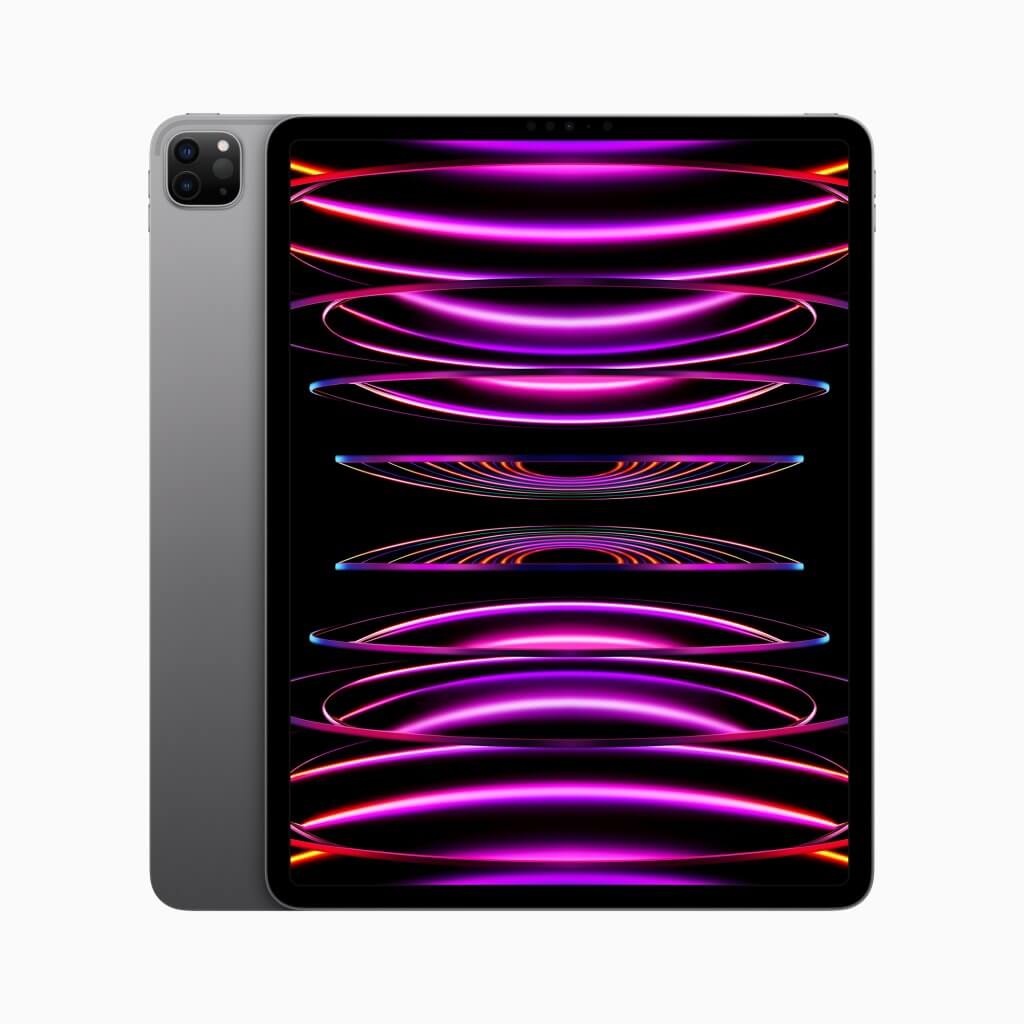
Samsung included Lidar in their Galaxy S10 5G, S20+ range and SOCELL Vizion 33D but dropped it in subsequent models due to cost.
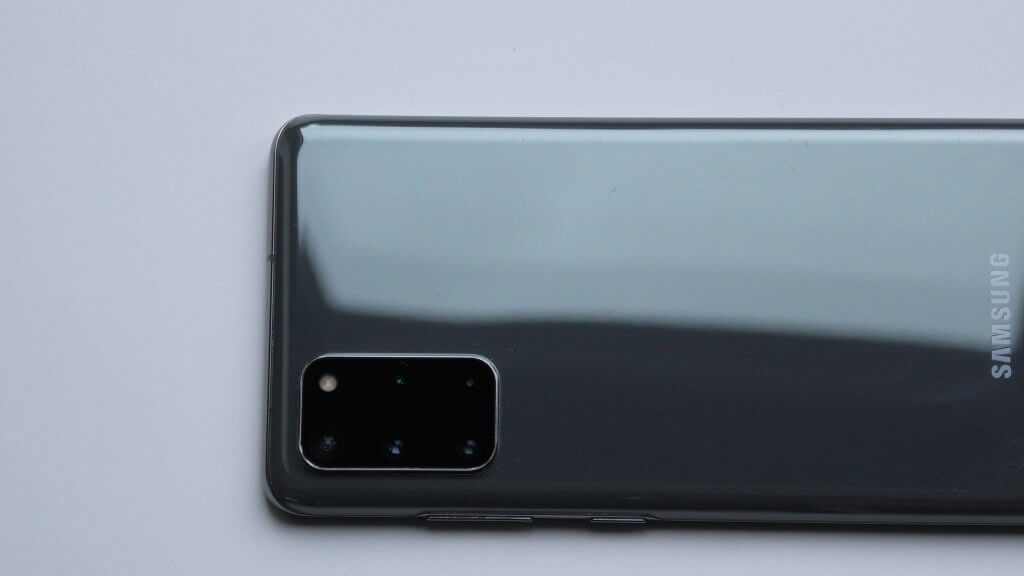
The use of Lidar in phones and tablets allows the use of virtual 3D design tools that can visualise a room and make an accurate 3D representation. This 3D view can then be imported into 2D and 3D CAD software enabling room and entire property layouts to be quickly and precisely drawn.
Property and object scanning and planning apps that use Lidar include SiteScape, Apple Measure, Scaniverse, Magicplan, RoomScan Pro, Polyscan, Live Home 3D are just some.
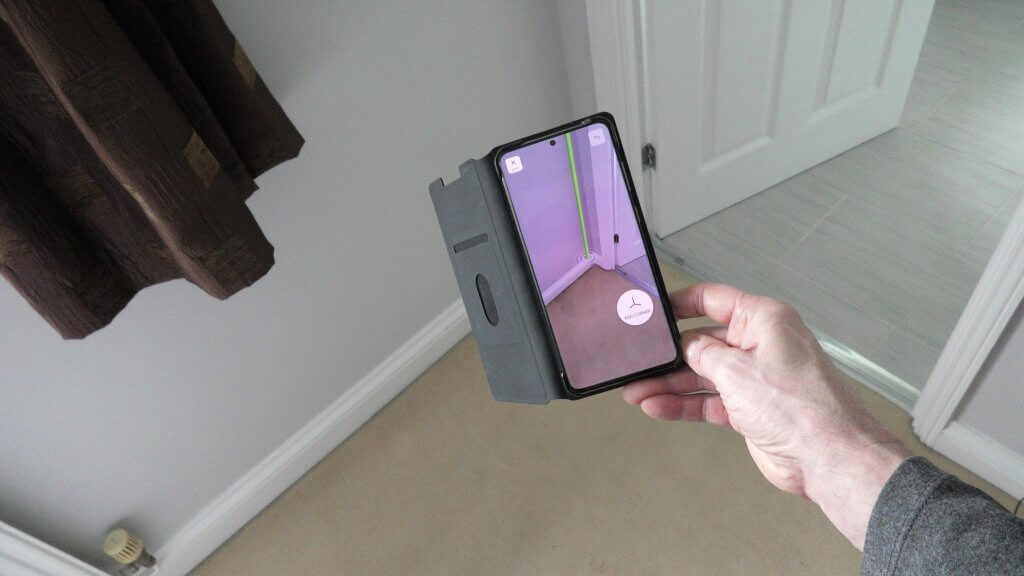
Another exciting use of Lidar in phones and tablets is being able to visualise a room and using augmented reality to place objects within the view and also change the way the room looks.
Some apps that let you place objects in a room and visualise it with augmented reality are Ikea Place and Arki among others.
Expect to see a big increase of augmented reality applications and the use of Lidar in the automotive industry over the coming years.

